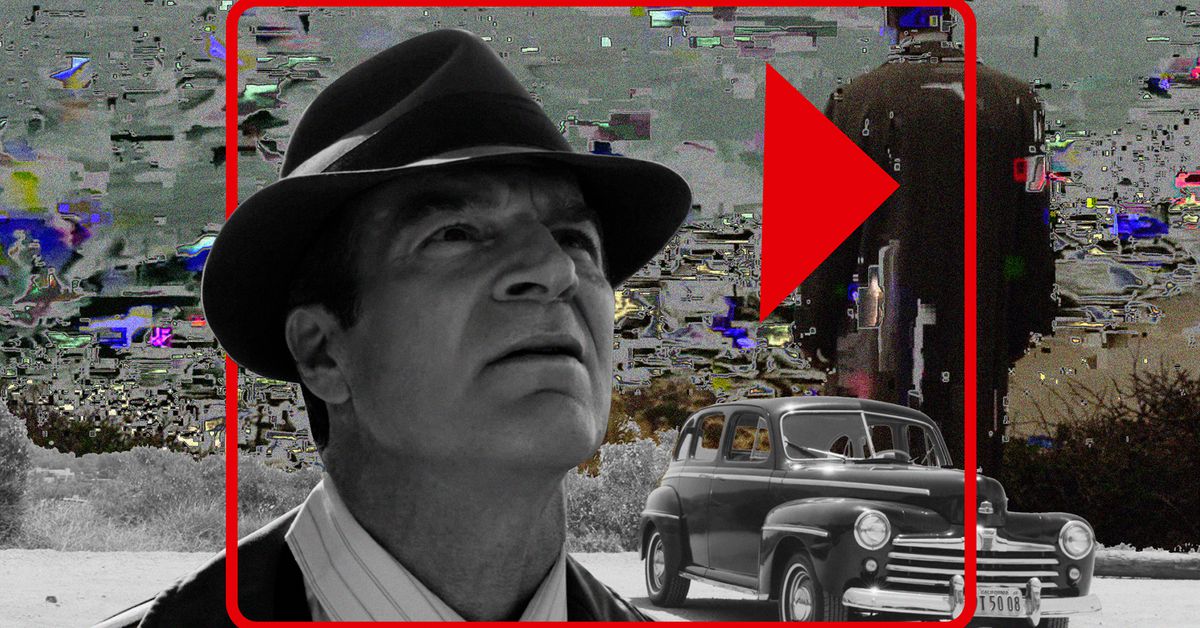- cross-posted to:
- art@lemmy.world
- technology@lemmy.world
- cross-posted to:
- art@lemmy.world
- technology@lemmy.world
They should work on middle-out encoding.
4 guys at once, two on each side, tip to tip
Middle, out
That’s just a Tuesday night for me.
It’s a really interesting article about something we might not think about.
It’d be interesting also to try to see how much money they can save by using a lower bitrate or saving energy by using less servers.
It’s a lot of things we take for granted when we’re just watching a show and you don’t think about all the work behind it.
Netflix definitely does a better job than its competition but the encoding is not perfect as it is, lowering it for certain material would push me away. They generally do a better job with their original content as well. Mario movie(Universal) looked like ass. Damsel (Netflix)looked quite good. Extraction 2 looked really good.
They are correct in that encoding is a super geeky topic even by the standards of technology discussions.
It is fascinating to see how encoding has changed across generation. Take a relatively high bitrate source file and encode it with XviD, x265, x265 and whatever is the top AV1 codec at the same bitrate x resolution.
Not surprisingly, the biggest jump in quality will be from XviD to x264, but x265 does offer notable improvements.
This is the best summary I could come up with:
And while the rest of the world marveled at all those celebrities and their glitzy outfits sparkling in a sea of flashing cameras, Aaron’s mind immediately started to analyze all the associated visual challenges Netflix’s encoding tech would have to tackle.
The company’s content delivery servers would automatically choose the best version for each viewer based on their device and broadband speeds and adjust the streaming quality on the fly to account for network slow-downs.
“We had to run subjective tests and redo that work specifically for HDR.” This eventually allowed Netflix to encode HDR titles with per-shot-specific settings as well, which the company finally did last year.
Meridian looks like a film noir crime story, complete with shots in a dusty office with a fan in the background, a cloudy beach scene with glistening water, and a dark dream sequence that’s full of contrasts.
The film has since been used by the Fraunhofer Institute and others to evaluate codecs, and its release has been hailed by the Creative Commons foundation as a prime example of “a spirit of cooperation that creates better technical standards.”
In other words: how many times can Netflix re-encode its entire catalog with yet another novel encoding strategy, or new codec, before those efforts are poised to hit a wall and won’t make much of a difference anymore?
The original article contains 2,686 words, the summary contains 223 words. Saved 92%. I’m a bot and I’m open source!



